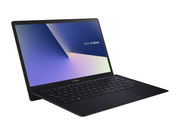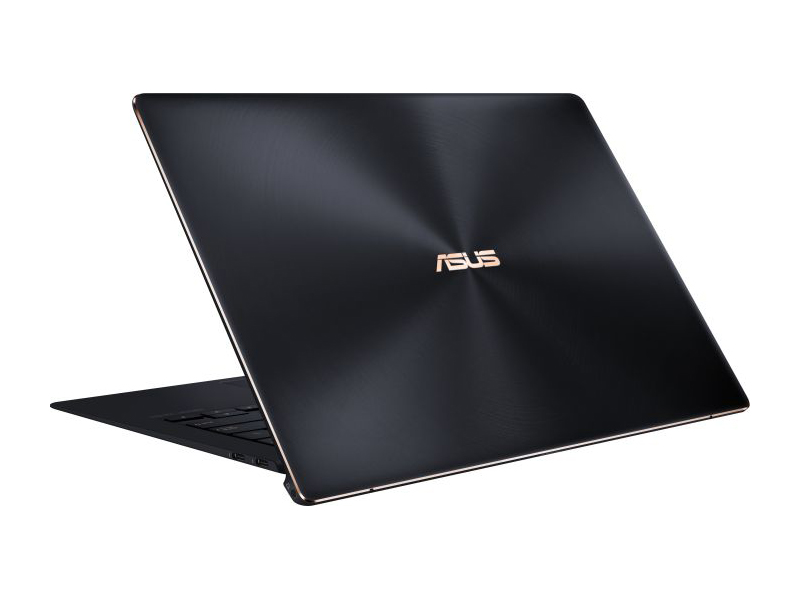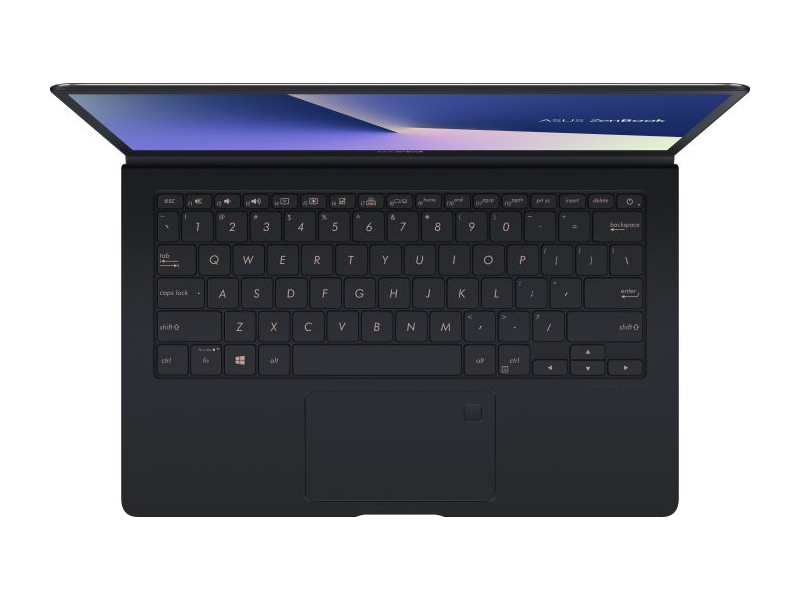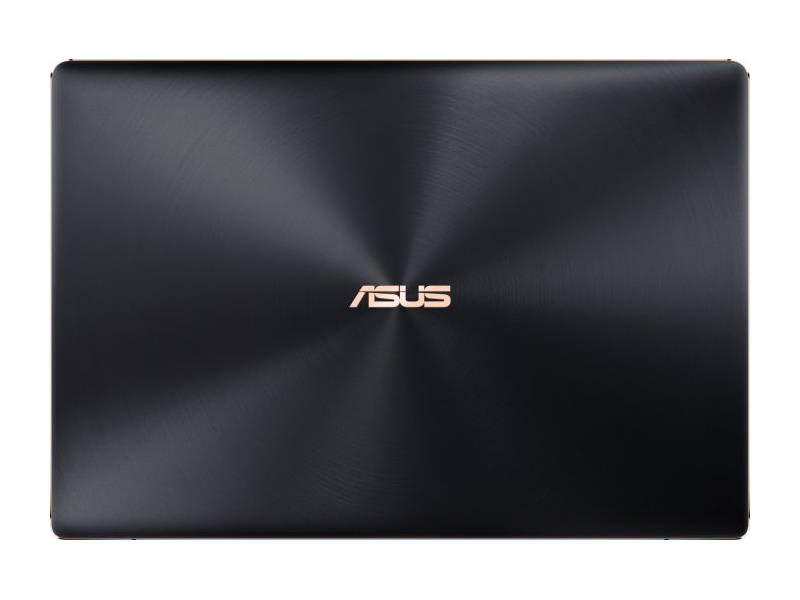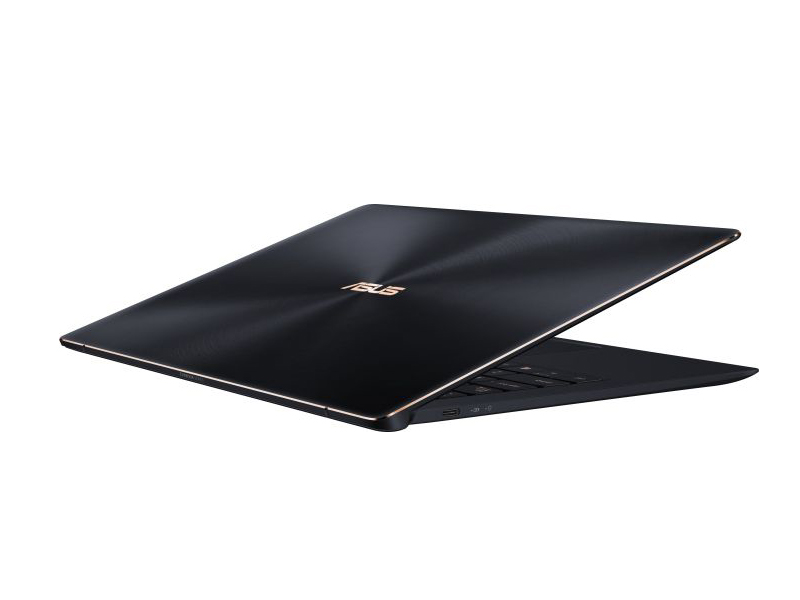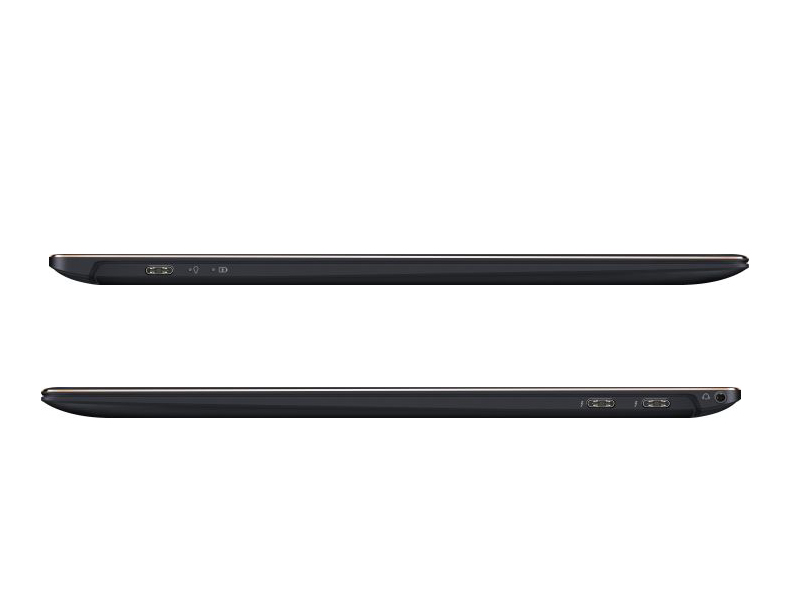Asus Zenbook S UX391UA-EG047T
Especificaciones de Portátil(es)
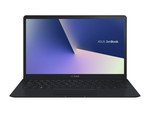
Price comparison
Promedio de 3 puntuaciones (de 3 análisis)
Análisis para el Asus Zenbook S UX391UA-EG047T
Origen: Ausdroid
 EN→ES Archive.org version
EN→ES Archive.org versionIf this is all sounding like it’s worth a closer look, there’s an extensive where to buy list on the Asus website. Some of the lower-end models are available from places like Mwave and JB Hi-Fi, but if you’re looking at the higher end, the options are a little less. Best to start on somewhere like Amazon or Google Shopping and find the best deals.
Único Análisis, disponible online, Mediano, Fecha: 04/29/2019
Puntuación: Puntuación total: 80%
Origen: Ultrabook Review
 EN→ES Archive.org version
EN→ES Archive.org versionThe ZenBook UX391UA is one of the best 13-inch ultraportables on the market right now. It's thin, light, ergonomic and performs flawlessly, which is truly surprising given the size. This model builds on the previous ZenBooks and addresses most of their issues, so as long as you can live with Thunderbolt 3 only IO and don't need all-day battery life, this might suit you very well, especially since I expect it to be competitively priced in most regions. Read on for the whole story.
Único Análisis, disponible online, Muy largo, Fecha: 06/05/2018
Puntuación: Puntuación total: 90%
Origen: Chip (Print) - 08/18

Único Análisis, , corto, Fecha: 08/01/2018
Puntuación: Puntuación total: 84% rendimiento: 86% características: 62% pantalla: 90% movilidad: 98% ergonomía: 87%
Comentario
Intel UHD Graphics 620:
GPU (GT2, 24 EUs) integrada encontrada en algunos modelos de CPU Kaby-Lake-Refresh (15 W, serie ULV). Técnicamente igual a la anterior GPU Kaby-Lake llamada HD Graphics 620.
Estas tarjetas también deben ser capaces de aguantar todos los juegos actuales, pero la mayoría de ellos en configuraciones de detalles medios y bajos y con bajas resoluciones. Juegos más antiguos, o menos exigentes todavía pueden ser jugados con buena calidad de gráficos.
>> Más información puede ser encontrada en nuestra comparación de tarjetas gráficas moviles y la lista de benchmarks.
i5-8550U:
Procesador quad-core de baja potencia basado en la actualización Kaby-Lake. Los cuatro núcleos tienen una velocidad entre 1.8 y 4 GHz (Turbo Boost) y soportan HyperThreading. La GPU integrada tiene una velocidad entre 300 y 1,150 MHz. El SoC es fabricado en un proceso FinFET de 14nm+.
>> Más información puede ser encontrada en nuestra comparación de procesadores móviles.




